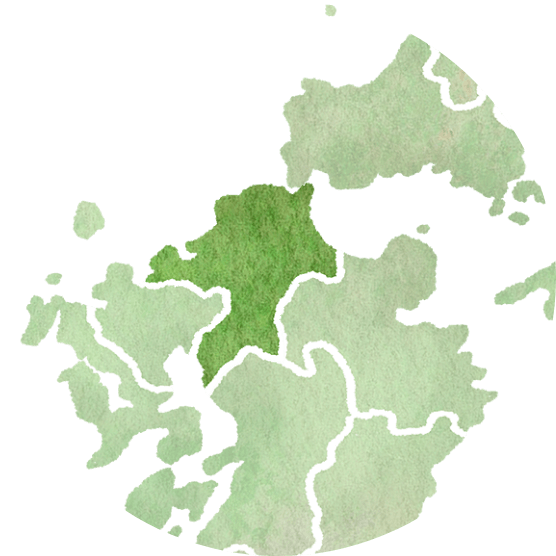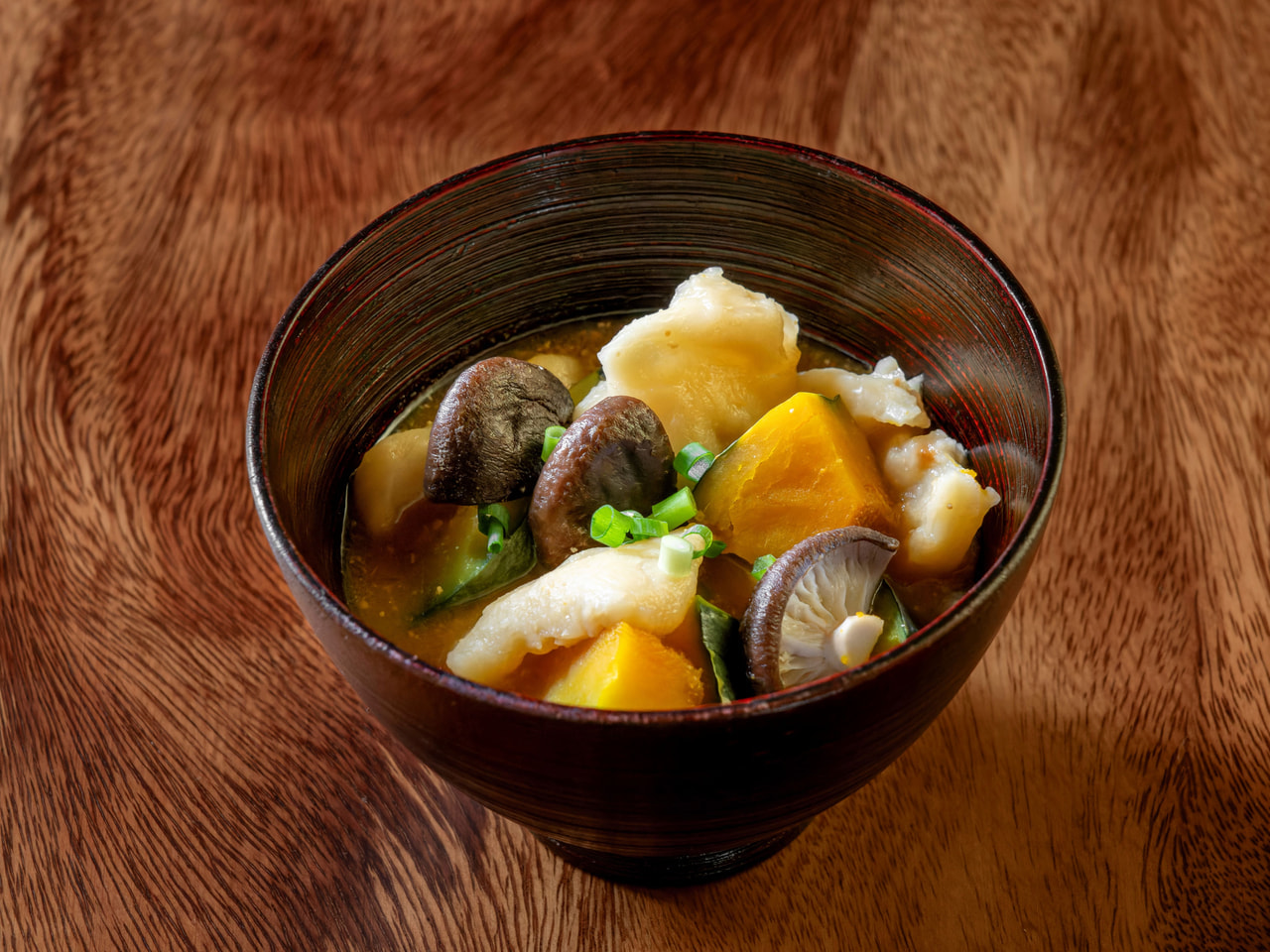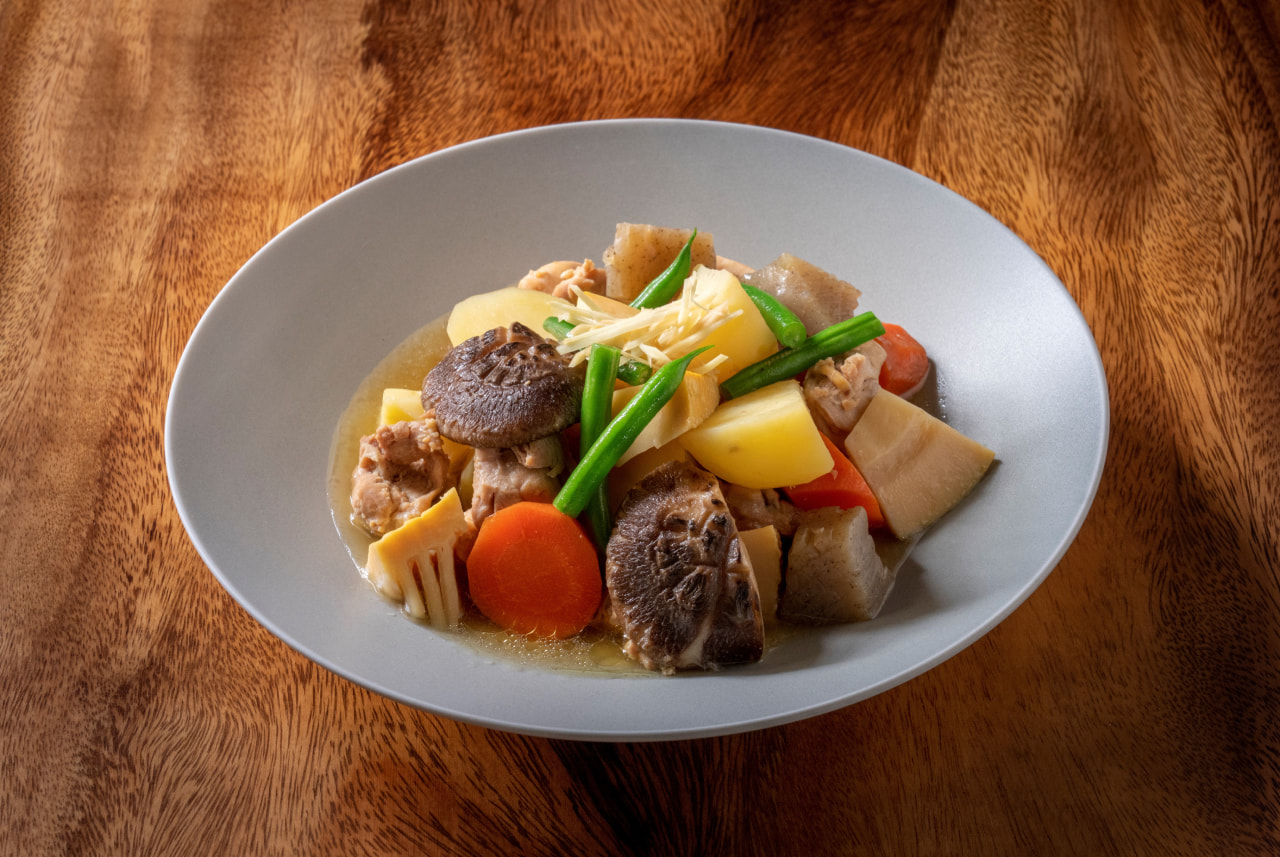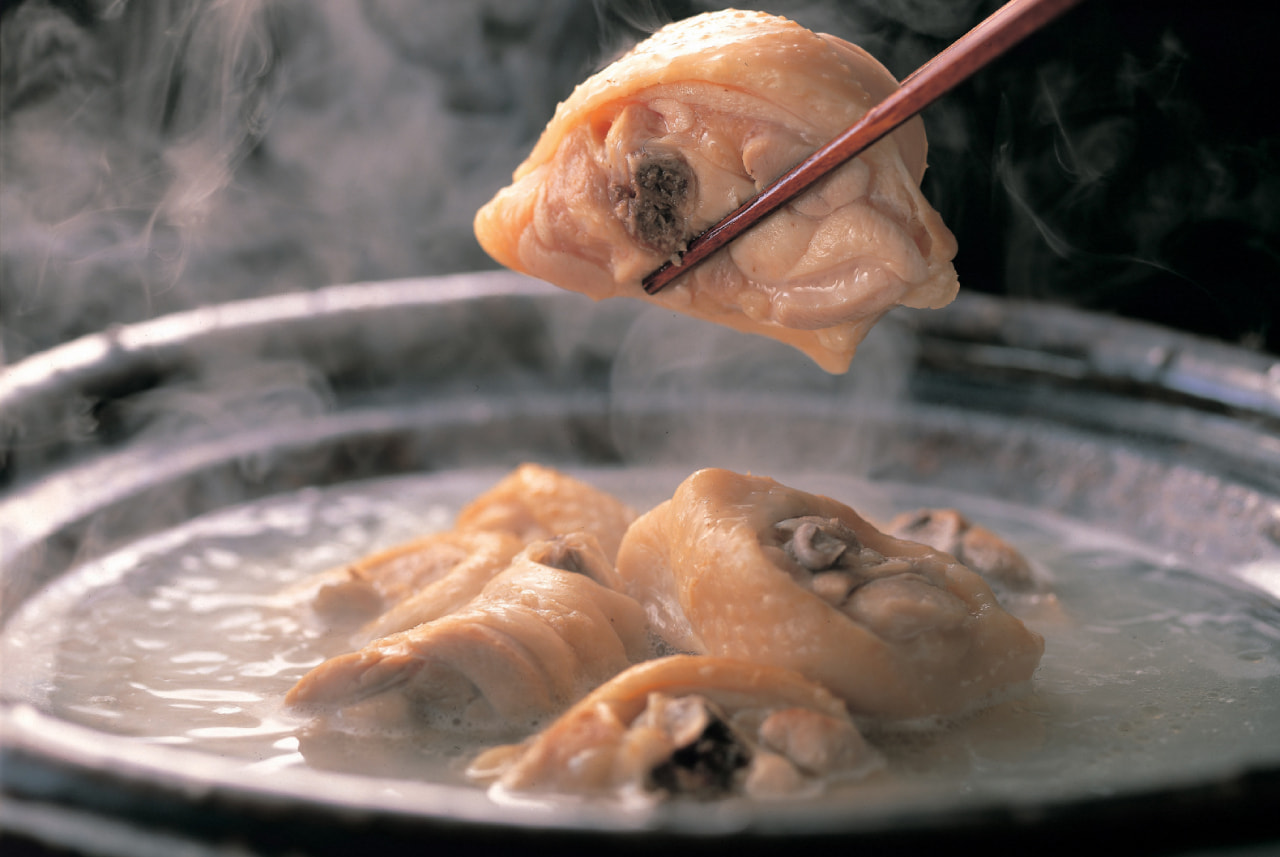In Japan, the period from early to mid-September is known as Hakuro, one of the 24 seasonal divisions, and it marks the time when kabocha (Japanese pumpkin) is especially delicious. This time, we introduce kabocha no dangojiru, a local dish from Fukuoka Prefecture made with kabocha.
The Mikekado area of Buzen City, located in northeastern Fukuoka, is known for producing Mikekado kabocha, a large Japanese pumpkin that can weigh nearly 4 kilograms. In this region, kabocha no dangojiru has long been prepared using this local specialty. Kabocha is rich in beta-carotene, which helps boost immunity, and vitamin E, which is beneficial for relieving cold sensitivity—making it an ideal ingredient for this transitional season.
Locally, bite-sized pieces of kabocha and shiitake mushrooms are simmered in a broth made from niboshi (dried sardines), and flattened wheat flour dumplings are torn and added to the soup. The gentle sweetness and thick texture of the kabocha create a comforting flavor that is widely enjoyed at home and in school lunches.




